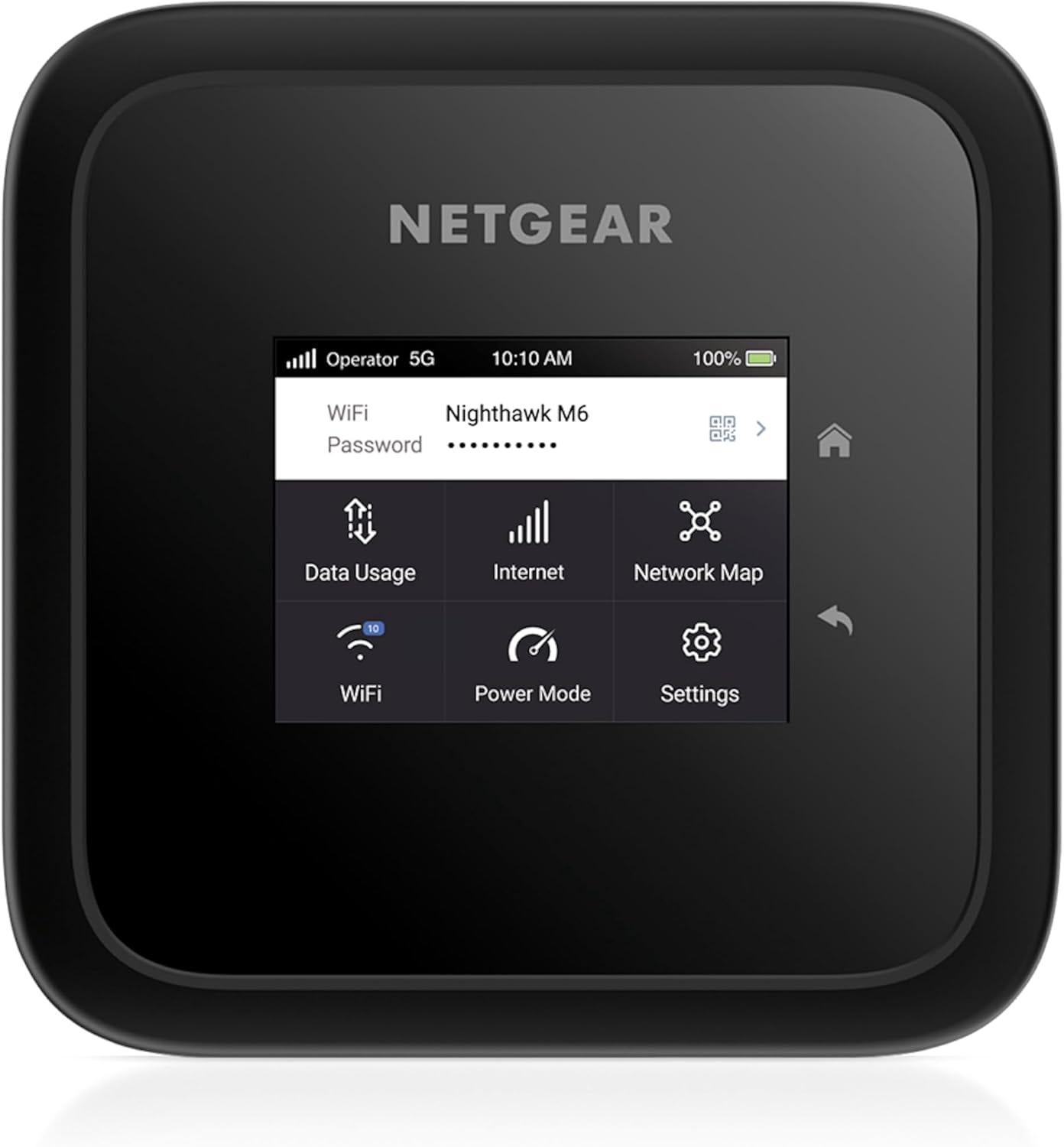How to Keep Your Internet from Going Out (Even in the Middle of Nowhere)
Because ‘Just Unplug It’ Isn’t a Long-Term Strategy
There was a time when losing internet meant nothing more than missing a few AOL emails or not being able to load a Flash game on Disney.com. You’d shrug, say “Oh well,” and go back to real life.
Now? The internet is real life. It’s work meetings, streaming the game, smart home routines, and your kids’ homework assignments. A lost connection doesn’t just slow things down—it can grind your whole day to a halt.
When You Live Where the Internet Still Sucks
In big cities, most homes are hooked up to reliable fiber lines. But in places like mid-Missouri, where I grew up, some neighborhoods still rely on the old cable companies—where “service” often means waiting several days for repairs.
I still remember calling my ISP in college during their so-called “upgrade” period. The internet would go out every other day. When I called support, their advice?
“Yeah, that’s going to happen while we’re swapping out the connections. Just unplug the router and plug it back in.”
Translation: the outages weren’t a bug—they were a feature.
I tried switching to another provider (one of the few perks of living in a neighborhood with options), only to find the new company somehow even worse.
That was a decade ago. These days, there are much better ways to make sure you never lose connection.
1. Get Internet from Multiple Sources
Cable isn’t your only option anymore. Most major mobile carriers now offer home internet over 5G, and for remote areas, satellite services like Starlink are becoming more reliable and affordable.
Here’s the smart move: combine two sources.
Use a Dual-WAN Router
These routers let you connect to two different internet sources (like cable + 5G) and automatically switch over if one goes down.
Best overall: Firewalla – super reliable, built-in monitoring, and dead-simple to use.
Budget pick: TP-Link Dual-WAN Router – cheaper and solid if you’re okay with a little tinkering.
Set it up with wired internet as your primary and 5G or satellite as the backup. In some places, 5G is just as fast—or even faster—than cable, but wired still tends to win on consistency.
2. Use a Mobile Hotspot for Backup
If your internet is mostly stable, you may not need two full-time providers. A mobile hotspot can be a great backup for occasional outages.
You can:
Add a dedicated hotspot to your cell plan (they still exist!)
Use your phone’s hotspot in a pinch
Or, for something more automatic…
Try Eero’s Wireless Backup
Eero offers a backup system where your mesh network switches to a mobile hotspot if your primary internet goes down. It works best if you leave a hotspot plugged in near one of your Eero nodes.
Bonus: some mobile hotspots even include Ethernet ports, meaning you can plug them into your dual-WAN router and really automate the failover.
Don’t Let a Drop in Connection Derail Your Day
You don’t need to suffer through outages anymore—especially not in 2025. With the right setup, your internet can be as redundant as your data backups. Whether you’re in a fiber-rich city or a cable-dependent town, there’s a solution out there to keep you connected.




